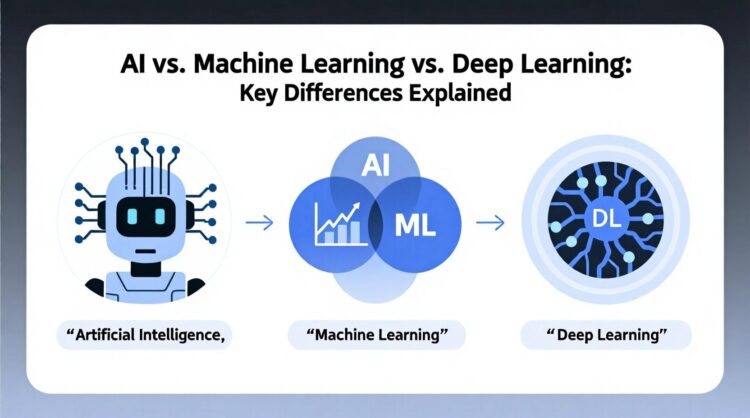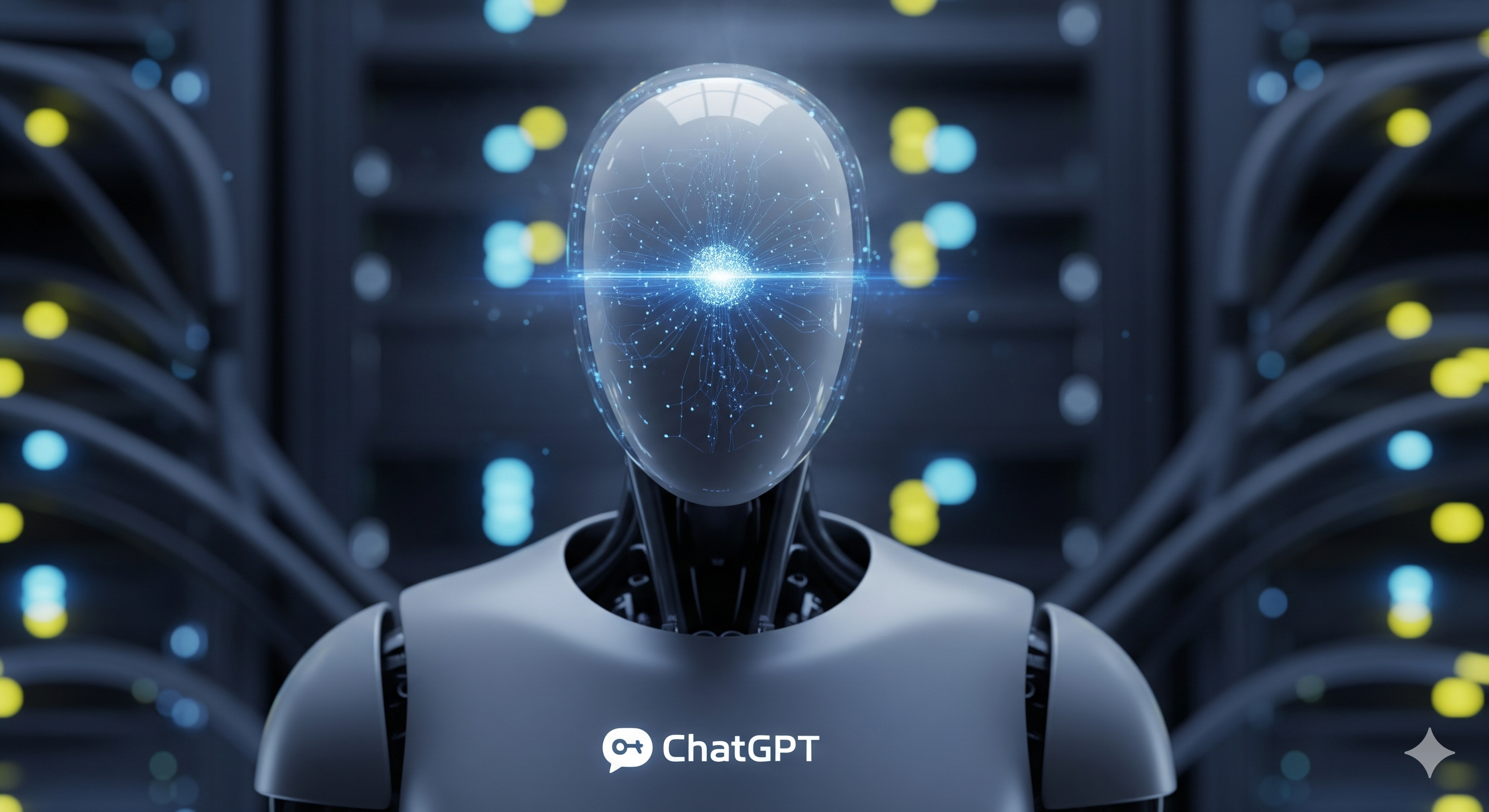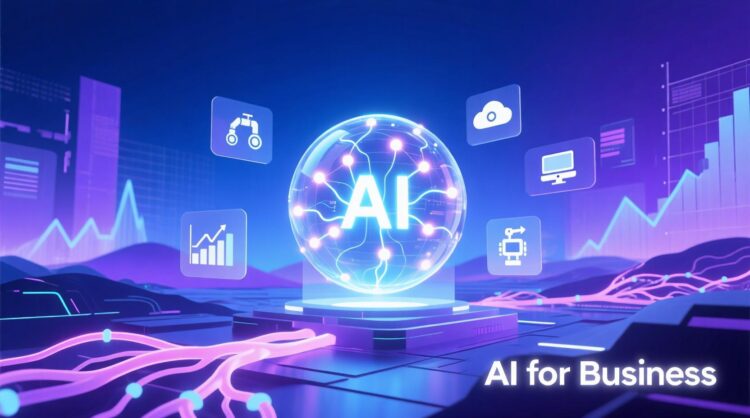
HowToForYou.com – As artificial intelligence (AI) increasingly shapes industries and daily life, the terms used to describe its technologies AI, machine learning, deep learning, and neural networks are often blurred together. While these concepts are interconnected, they are not identical. Understanding how they differ is essential for businesses, professionals, and consumers navigating today’s digital landscape.
Artificial Intelligence: The Broad Umbrella
Artificial intelligence represents the overarching field, encompassing any technology that mimics human cognitive processes such as learning, reasoning, and problem-solving. From language translation tools to facial recognition systems, AI drives innovations that streamline tasks once performed manually.
AI is typically divided into three categories:
-
Artificial Narrow Intelligence (ANI): Focused on specific tasks, such as virtual assistants or recommendation engines.
-
Artificial General Intelligence (AGI): Hypothetical systems capable of performing intellectual tasks at a human level.
-
Artificial Super Intelligence (ASI): A future concept of machines surpassing human intelligence.
Currently, only ANI exists in practical applications, while AGI and ASI remain in research and theory.
Machine Learning: Teaching Systems Through Data
Machine learning (ML) is a core subset of AI. Instead of relying on hard-coded rules, ML systems learn patterns from data and make predictions. For example, e-commerce platforms use ML to recommend products based on browsing and purchase histories.
Traditional ML often requires human intervention to define features within datasets. For instance, an expert might label image data to teach an algorithm the difference between a “pizza” and a “burger.” Over time, models refine themselves to improve accuracy with each new dataset.
Notably, ML spans three key approaches:
-
Supervised learning (using labeled data),
-
Unsupervised learning (analyzing unlabeled data), and
-
Reinforcement learning (learning from trial-and-error with rewards or penalties).
Deep Learning: Scaling Machine Learning
Deep learning (DL) extends machine learning by handling vast, unstructured data—such as raw text, images, or video—without requiring extensive manual input. Its power lies in its scalability: the more data available, the better its performance.
Deep learning enables advanced technologies like self-driving cars, fraud detection, and virtual assistants. Unlike traditional ML, which may need predefined rules, DL models automatically extract features and group information into categories.
Neural Networks: The Backbone of Deep Learning
At the heart of deep learning are artificial neural networks (ANNs), inspired by the way human neurons transmit signals. A neural network consists of layers of nodes—input, hidden, and output layers—that pass information through weighted connections.
When the network is made “deep” by adding multiple hidden layers, it becomes capable of solving highly complex problems, such as natural language processing or advanced image recognition. Google’s search algorithm, for instance, leverages neural networks to refine results in real time.
Why the Distinctions Matter for Business
For enterprises, clarity in these terms is more than semantics—it’s about strategy. Companies adopting AI must identify which level of technology aligns with their goals:
-
AI provides the vision.
-
Machine learning delivers predictive power.
-
Deep learning enables complex automation.
-
Neural networks power advanced recognition and decision-making.
Moreover, ensuring trust in AI systems is crucial. Transparent, fair, and bias-free models not only protect data integrity but also safeguard brand reputation and regulatory compliance.
Final Thoughts
AI, machine learning, deep learning, and neural networks form a hierarchy rather than interchangeable buzzwords. By understanding how they relate, organizations and individuals can make smarter investments in technology and prepare for an increasingly automated future.







